Turkish Cacık and Greek Tzatziki: A Tale of Two Delights in the Mediterranean Culinary Tapestry
Picture this: It's a hot summer afternoon, you're sitting at a rustic wooden table under the shade of a leafy olive tree. The sun is high, the air is filled with the seductive scent of the sea and grilling meat. You're served a bowl of something creamy, refreshing, subtly garlicky, and flecked with chopped green herbs. This could either be a bowl of Turkish cacık or Greek tzatziki, depending on which side of the Aegean Sea you're on.
Sibling Rivalry in Mediterranean Cuisine: The Subtle Differences Between Cacık and Tzatziki?
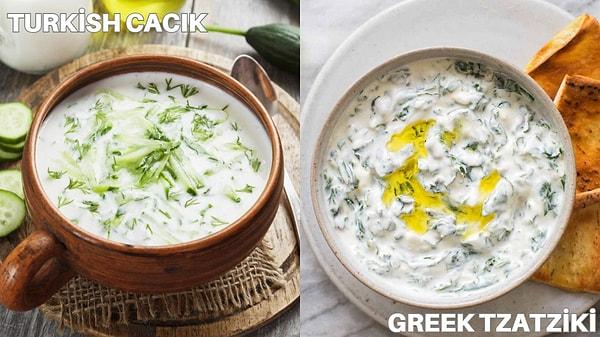
Both these dishes are undeniably delicious, refreshing, and a joy to the palate. They're often served as appetizers or as accompaniments to meaty mains, helping cut through the heaviness of the meat with their cooling effect. So, what differentiates these siblings from each other? It's all in the details.
Cacık: The Refreshing, Yogurt-Based Companion of Turkish Cuisine
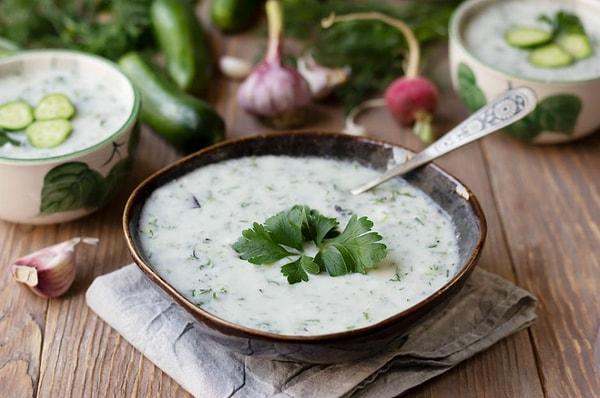
Cacık (pronounced 'jah-juck') is a beloved staple in Turkish cuisine. It's typically made with strained yogurt, finely chopped or grated cucumber, garlic, fresh dill, and a good drizzle of olive oil. The cucumbers are not strained after chopping or grating, allowing their juice to meld beautifully with the yogurt, creating a dish that's a touch thinner than tzatziki. It is also frequently diluted with a bit of water, which gives it a more soup-like consistency. You'll often find it served as a cold soup in the summertime, providing a refreshing respite from the heat.
Customizing Cacık: An Exploration of Flavor Variations in Turkey's Beloved Yogurt Dish
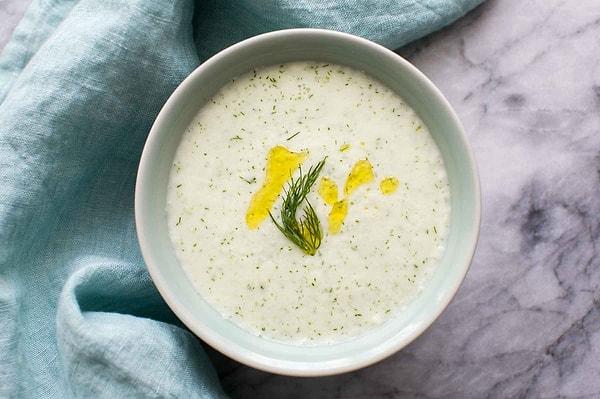
Cacık can also be customized according to personal tastes. Mint, either fresh or dried, is often added for an extra layer of flavor. Some recipes might even include a hint of lemon juice for a touch of acidity.
Tzatziki: The Creamy Heart of Greek Cuisine and Its Distinctive Characteristics
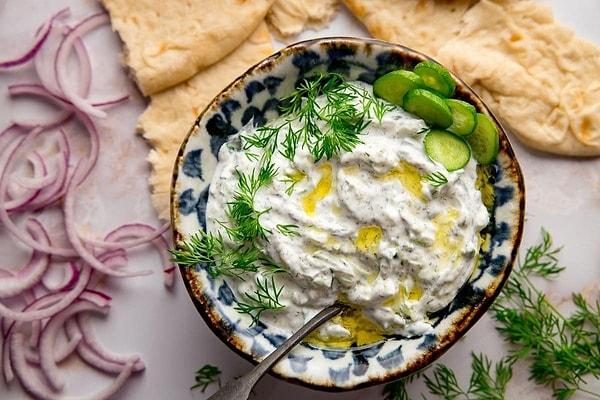
Across the Aegean Sea, we find tzatziki, a central part of Greek cuisine. The base of tzatziki is strikingly similar to cacık, but the Greeks tend to use thicker, Greek-style yogurt and the cucumbers are usually peeled, deseeded, and grated. One important detail is that the cucumber is often strained or squeezed to remove excess water, resulting in a thicker, creamier consistency compared to cacık.
The Signature Flavors and Regional Variations of Greece's Iconic Tzatziki

Tzatziki is typically flavored with garlic, fresh dill, and occasionally mint. Vinegar and lemon juice are frequently used to give tzatziki its signature tang, and it's finished off with a generous drizzle of olive oil. In some regions of Greece, they even add a splash of ouzo, an anise-flavored liquor, for a unique twist.
Tzatziki and Cacık : Two Sides of the Aegean Sea, Two Expressions of Mediterranean Flavor
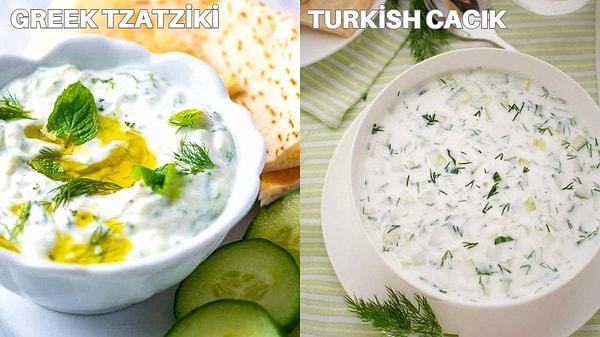
While tzatziki and cacık share a common ancestry and similar ingredients, they are distinct expressions of the culinary traditions from which they hail. The Turkish cacık, a refreshing, soup-like concoction, offers a light and cooling counterpoint to the often robust and rich flavors of Turkish cuisine. Meanwhile, Greek tzatziki, thick and tangy, stands up well to the bold flavors typical in Greek dishes, and adds a creamy texture that contrasts with the crunch of Greek salads or the char of grilled souvlaki. Despite their differences, they both embody the spirit of Mediterranean cuisine: simple ingredients, skillfully combined, resulting in a celebration of flavors.
Keşfet ile ziyaret ettiğin tüm kategorileri tek akışta gör!

Send Comment